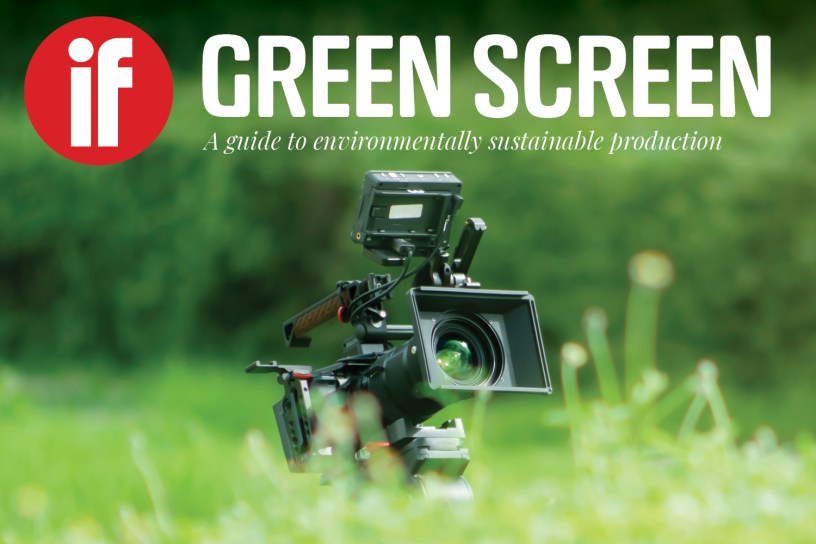For a typical tentpole film, energy consumption could power Times Square for five days, fuel consumption could fill an average car tank 11,478 times and the air miles equate to 11 one-way trips from Earth to the moon.
It’s widely recognised that the narrative power of screen content is a far-reaching tool to inspire the community to act on climate change.
In recent years, we’ve seen many Australian filmmakers produce powerful stories about climate change and other environmental issues. However, given the significant impact of filmmaking on the environment, if productions are not walking the talk behind the scenes, arguably this content is greenwashing. Content creators need to also set an example in their practice.
For many years, Australia has lagged the US, UK and Canada where there are long-established systems, resources and training to assist productions to lessen their environmental impact. Almost every major studio in the US has aims to be net zero by 2035 or sooner, and in the UK, any project made for the BBC, ITV, Channel 4, UKTV, Sky, TG4 or Netflix is mandated to measure its carbon footprint.
However, efforts to see the Australian screen industry ‘go green’ are gaining momentum fast, with possible future implications for policy and commissioning.
To that end, IF has published Green Screen, an in-depth look by veteran screen journalist Sandy George at local progress, spotlighting the good work already underway.
Read your free copy now.



